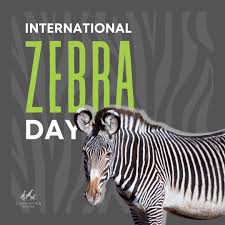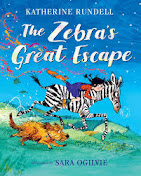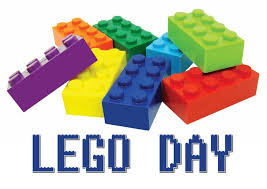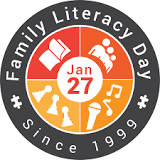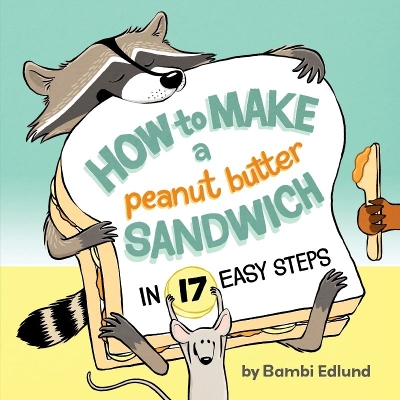World Hijab Day is observed every year on February 1 to honour Muslim women who wear the hijab. It is also a day to urge women of various origins and beliefs to try on the hijab and see what it is like to wear it. Muslim women maintain their modesty by wearing the hijab.
I teach in a school where there are very few children who practise the Islamic faith, but where many of the students and/or their parents were not born here, and thus the students are global wanderers and are fascinated by difference. They travel overseas regularly and most of them have seen more of the world than I have.
I remember having a great discussion with a class about Kelly Cunnane's book Deep in the Sahara and talking at length about wanting to emulate customs, parents and or fashion, just as Lalla does in this story where she wants to wear a malafa just like her mother and older sister.
I remember also when I first read The Proudest Blue by Ibtihaj Muhammad, and the students were fascinated by the hijab and the fact that an Olympian wore one. It certainly gives a new perspective to the first day of school. Ibtihaj's sequel The Kindest Red highlights the hijab too.
The Boldest White is coming in March.
Other books that would continue these discussions would be:
• Mommy's Khimar by Jamilah Tompkins-Bigelow and Ebony Glenn.
• Under My Hijab by Hena Khan and Aaliya Jaleel
• Layla's Head Scarf by Miriam Cohen and Ron Himler
Hana's Hundreds of Hijabs is written by Razeena Omar Gutta, a South-Asian Muslim who was born in Zimbabwe but who is now living in Australia. Here's the blurb:
Hijab styling in the context of creative fashion brings a unique, positive and fun perspective to a sometimes misunderstood religious practice. Readers unfamiliar with hijabs will learn about how they are worn, while children familiar with hijabs will see their own experiences reflected . Children with large, overflowing collections of favourite items will relate to Hana's dilemma. Clever and humorous story about creative problem-solving.




